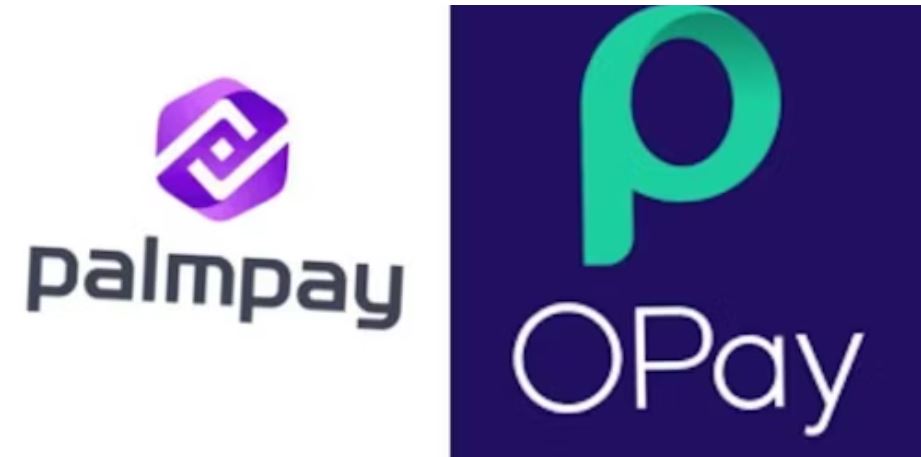As Nigeria continues its transition to a cashless economy, thanks to the Central Bank of Nigeria’s (CBN) cashless policy launched in 2019, owning a Point of Sale (POS) machine has become essential for businesses and individuals starting a POS business.
Two of the most popular POS providers in Nigeria are Opay and PalmPay. Both offer reliable payment solutions, but which one is best for you? In this article, we’ll compare Opay POS vs PalmPay POS based on pricing, transaction charges, customer support, network reliability, and more.
Overview of OPay POS Machines
OPay, a leading fintech company in Nigeria, offers three types of POS terminals:
- Mini POS – Compact card reader
- Traditional POS – With button input
- Android Smart POS – Touchscreen device
Each POS terminal is designed for different business needs and comes at varying costs, offering flexibility for startups and established businesses alike.
Overview of PalmPay POS Machines
PalmPay, another major mobile payment platform in Nigeria, also provides POS devices for merchants. Their POS terminals come in two categories:
- Analogue POS – Basic functionality
- Smart POS – Android touchscreen device
PalmPay POS terminals allow merchants to accept debit cards, credit cards, and QR payments, making them a versatile tool for retail businesses.
Opay vs PalmPay POS: Full Comparison
Let’s compare Opay and PalmPay POS terminals across key factors:
1. Pricing
- OPay POS prices:
- Smart POS – ₦50,000
- Traditional POS – ₦35,000
- Mini POS – ₦8,500
- PalmPay POS prices:
- Analogue POS – ₦20,000
- Smart POS – ₦40,000 to ₦60,000
✅ Winner: OPay – More affordable options to suit every budget.
2. Transaction Charges
Both Opay and PalmPay charge:
- 0.5% on withdrawals (capped at ₦100)
- 2% on subscriptions
- ₦10 flat fee for deposits and transfers
🤝 Result: Tie – Same fee structure.
3. Network Reliability
While both use 3G and 4G networks, users frequently report that Opay’s POS devices have better connectivity, especially in remote or low-signal areas. Opay POS devices are also praised for auto-reversing failed transactions, reducing customer complaints.
✅ Winner: OPay – More consistent performance and uptime.
4. Customer Service
- Opay offers support via in-app chat, email, and phone, with faster issue resolution.
- PalmPay also provides support, but users often report slower response times and less helpful service.
✅ Winner: OPay – Better reputation for customer care.
5. Durability and Battery Life
Both Opay and PalmPay POS machines are durable and have strong battery performance, suitable for long hours of operation.
🤝 Result: Tie – Both offer reliable hardware.
6. Adoption Rate
Opay has a wider agent network and is more commonly seen across Nigeria. It’s generally more recognized among merchants and customers alike.
✅ Winner: OPay – Higher brand presence and usage.
How to Get an OPay POS Terminal
- Create and activate your OPay account
- Upgrade to a Merchant account
- Request a POS device from the app
- Once approved, OPay delivers the POS with branded materials for display
How to Get a PalmPay POS Terminal
- Open a PalmPay business account
- Login and click “Add a new POS”
- Fund your wallet to pay for the POS device
- Delivery is completed within 48 hours
Conclusion: Which POS Is Better – Opay or PalmPay?
Both Opay and PalmPay offer reliable and user-friendly POS terminals for Nigerian merchants. However, based on pricing, network strength, customer service, and adoption rate, OPay POS stands out as the better choice for most businesses.
That said, PalmPay is still a great option if you prefer its interface or pricing structure for certain models.
FAQs
Which is cheaper: OPay or PalmPay POS?
OPay offers a Mini POS for as low as ₦8,500, making it the more affordable option.
Do both OPay and PalmPay require deposits?
PalmPay requires upfront payment. OPay charges based on the type of POS selected, but applying is free.
Which POS has better network coverage?
User reports suggest that OPay POS has more reliable network performance, especially in areas with poor signals.




















